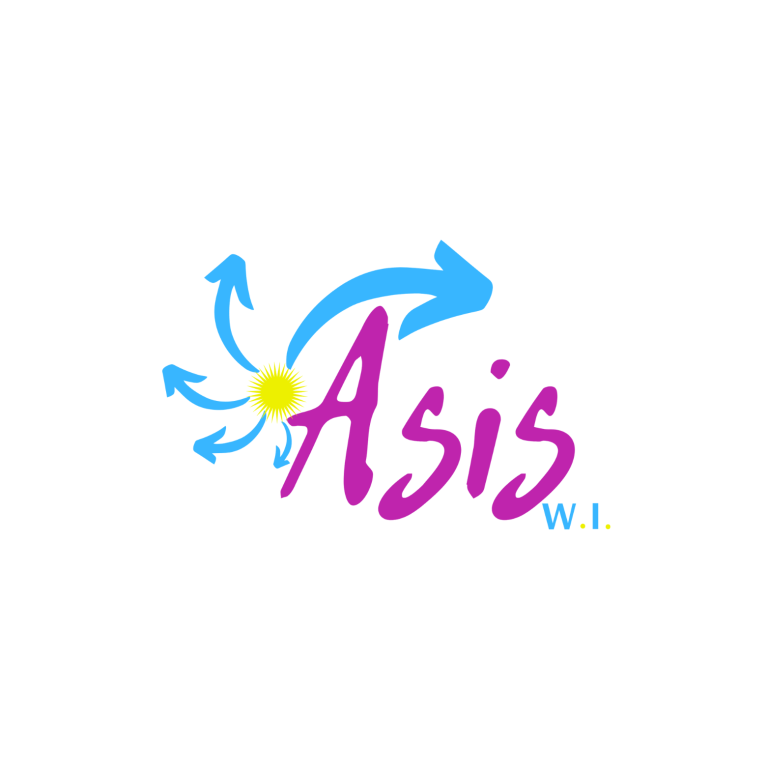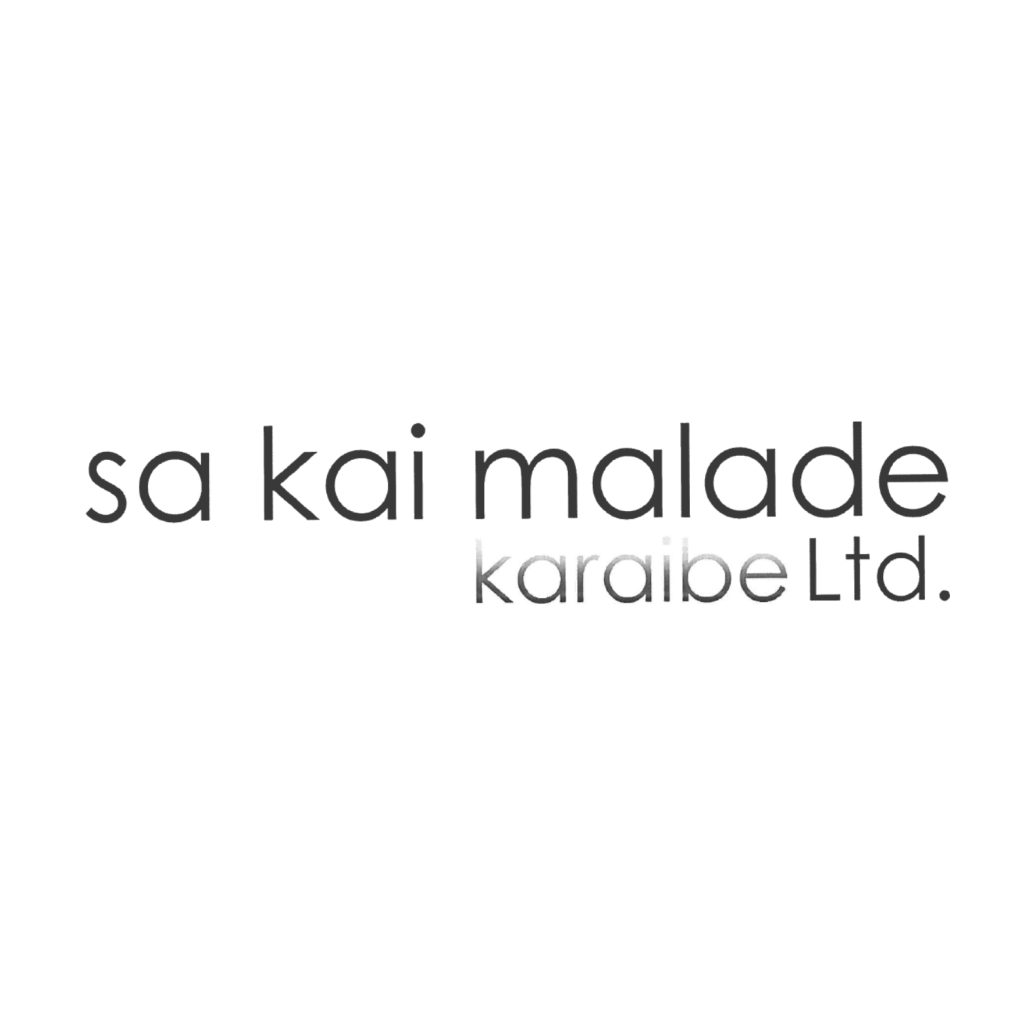Cuba, the largest island in the Caribbean, is a true treasure trove of culture, history, and architecture. From colonial cities to remnants of past revolutions, the island offers a multitude of historical sites of Cuba that testify to its rich heritage. In this article, we will explore these iconic sites, the importance of their preservation, and the challenges they face, as well as the efforts being made to safeguard this invaluable cultural legacy.
The Importance of Preserving Historical Heritage
Preserving historical sites of Cuba is crucial for maintaining a country’s cultural identity. In Cuba, these sites are not merely remnants of the past; they are living witnesses to the island’s complex history, its struggles, triumphs, and the diversity of its cultural influences. Additionally, the conservation of these locations contributes to local economic development, particularly through tourism. Tourists flock to Cuba to experience its culture, and historical sites of Cuba play a significant role in attracting visitors, which in turn supports local economies.
The preservation of historical sites of Cuba also fosters a sense of pride among local communities. By maintaining their cultural heritage, Cubans can connect with their roots and share their stories with future generations. This connection is vital for cultural sustainability, ensuring that traditions and values are not lost over time.
Iconic Historical Sites of Cuba
Old Havana (Habana Vieja)
- Old Havana, a UNESCO World Heritage site, is a striking example of Spanish colonial architecture. Its cobblestone streets, colorful buildings, and lively squares narrate the city’s history since its founding in 1519. Notable sites such as Plaza de Armas, Castillo del Morro, and the Cathedral of Havana are must-sees for anyone wishing to grasp the history of Cuba. Ongoing restoration and conservation efforts aim to preserve this living heritage.
- Visitors to Old Havana can immerse themselves in the local culture by exploring artisan markets, enjoying traditional music, and tasting authentic Cuban cuisine. The atmosphere, combined with the historical significance of the area, makes it a unique destination for travelers.


Trinidad
- Trinidad, also a UNESCO World Heritage site, is a town that seems frozen in time. Its well-preserved colonial houses, winding streets, and numerous museums make it a fascinating destination for visitors. The town reflects the peak of the sugar industry in Cuba and the influence of African slaves on local culture. Preserving Trinidad is essential not only for the history of Cuba but also for the collective memory of the region.
- In Trinidad, the Plaza Mayor serves as the heart of the town, where visitors can admire the neoclassical architecture of the Palacio Cantero and the Iglesia y Convento de San Francisco. The town’s cobblestone streets are lined with galleries and workshops showcasing local artisans, offering a glimpse into the rich artistic traditions of Cuba.


Viñales Valley
- Viñales Valley, known for its breathtaking natural landscapes, also houses significant archaeological and historical sites of Cuba. The mogotes—unique geological formations are surrounded by tobacco plantations and remnants of ancient cultures. Preserving this valley is paramount to protect not only biodiversity but also the agricultural traditions of the region.
- The valley is recognized not only for its stunning beauty but also for its role in Cuba’s tobacco production. Visitors can take guided tours of tobacco farms to learn about the traditional methods of cultivation and cigar production, gaining insight into a critical aspect of Cuban heritage.


Santiago de Cuba
- Santiago de Cuba, the island’s second-largest city, has been the scene of many major events in Cuban history. The Castillo del Morro, overlooking the bay entrance, symbolizes Cuba’s resistance against foreign invaders. Cultural festivals held here, such as the Santiago Carnival, manifestations of the city’s African and Spanish heritage. Safeguarding these cultural elements is vital for preserving local identity.
- Santiago de Cuba is also known for its rich musical heritage, being the birthplace of genres like son and salsa. Visitors can experience live music in local venues and participate in dance festivals, deepening their understanding of the city’s cultural significance.


Fort San Carlos de la Cabaña
- Located in Havana, this fortress illustrates 18th-century Spanish military architecture. It played a crucial role in defending the city against pirate attacks and was the site of Che Guevara’s famous expedition in 1959. Today, it houses museums and cultural events, but preserving its structure is essential for maintaining its living history.
- The fortification also hosts nightly cannon firings, a tradition that dates back to colonial times. This event attracts both locals and tourists, offering a unique opportunity to witness a piece of history in action.


Preservation Initiatives
Governmental and non-governmental organizations work together to safeguard the historical sites of Cuba. Restoration projects, educational programs, and community initiatives are implemented to raise awareness among Cubans and visitors about the importance of conservation of the historical sites of Cuba. Collaboration between local authorities and international organizations can strengthen these efforts.
For example, UNESCO has been involved in various initiatives to support the preservation of Cuban heritage. Local communities are also encouraged to participate in these efforts, fostering a sense of ownership and responsibility for their cultural heritage.
The historical sites of Cuba are more than mere tourist attractions; they are witnesses to the history, culture, and struggles of the Cuban people. Preserving this heritage is essential not only for national identity but also for local pride and global recognition. The safeguarding of the historical sites of Cuba is a collective mission that represents the memory of our region and a legacy to be passed down to future generations.
It is our responsibility to ensure that these cultural treasures are protected and valued for years to come. By fostering sustainable tourism and community involvement, we can create a future where Cuba’s rich history continues to thrive and inspire.






































